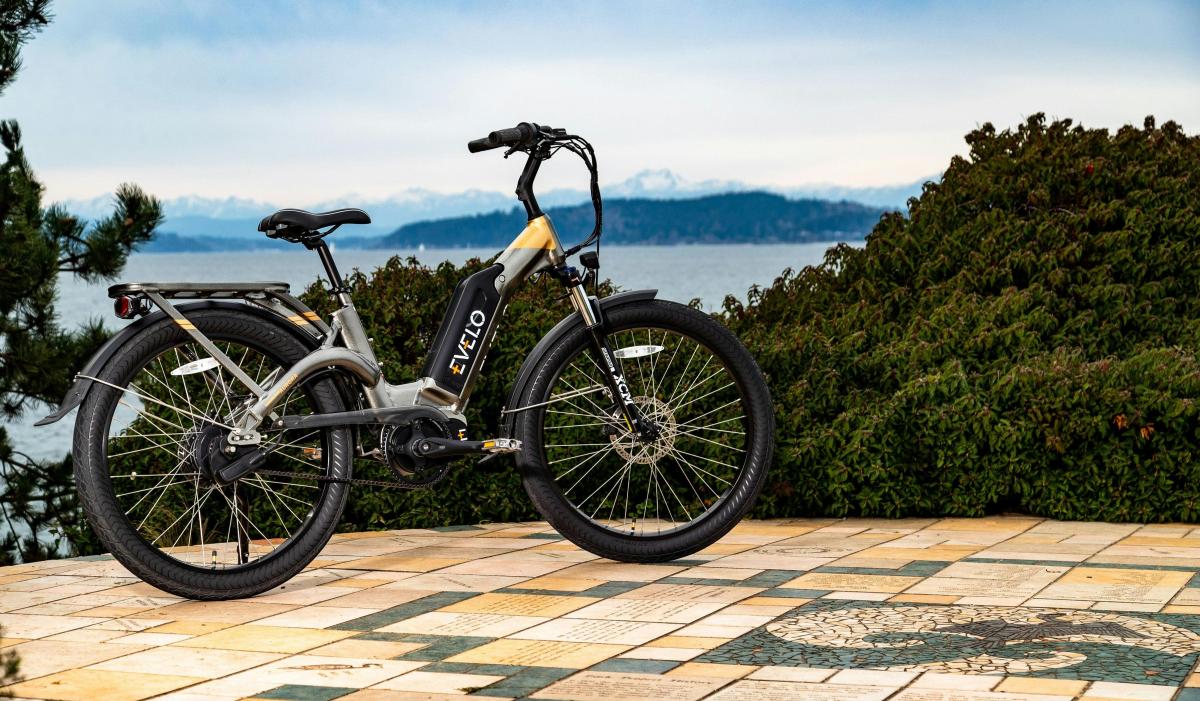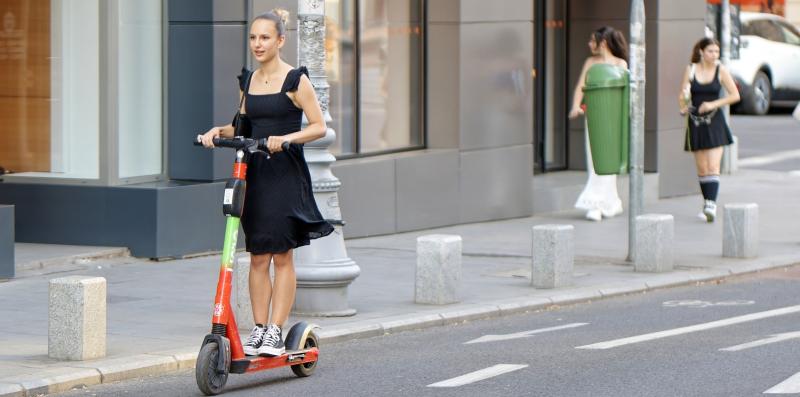Charging your electric bike (e-bike) properly is essential for maintaining battery health, ensuring optimal performance, and extending the overall lifespan of your e-bike. Whether you’re a new e-bike owner or just looking for best practices, this step-by-step guide will walk you through the correct way to charge your electric bike, covering everything from preparing your charger to storing a fully charged battery.
Why Proper Charging Matters
The battery is the heart of your electric bike, providing the power needed for smooth and efficient rides. Proper charging habits can prevent common issues like reduced battery capacity, overheating, and shortened battery life. By following a few simple steps, you can keep your e-bike’s battery in top condition and enjoy longer rides with peace of mind.
Step-by-Step Guide to Charging Your Electric Bike
Step 1: Gather the Necessary Equipment
Before you start charging your e-bike, make sure you have all the necessary equipment on hand:
- Your e-bike’s dedicated charger (provided by the manufacturer)
- A grounded wall outlet or surge protector
- A dry, well-ventilated area for charging
Pro tip: Always use the charger that came with your e-bike, as third-party chargers may not be compatible and could damage the battery.
Step 2: Power Off Your E-Bike
Before connecting your e-bike to the charger, make sure the bike is powered off. This prevents electrical interference during the charging process and reduces the risk of damage to the battery or other electronic components.
Step 3: Remove the Battery (If Applicable)
If your electric bike has a removable battery, take it out of the frame before charging. Charging a removed battery allows for better ventilation and reduces the risk of overheating. If your battery is integrated into the bike and cannot be removed, proceed to the next step.
Best practice: Charge the battery in a cool, dry place away from direct sunlight or extreme temperatures.
Step 4: Inspect the Charger and Battery Connections
Before plugging in your charger, inspect the charging cable, connectors, and the battery’s charging port for any visible damage, dirt, or debris. Clean any dust or dirt from the connectors with a soft cloth to ensure a secure and stable connection.
Safety tip: Avoid using a damaged charger or charging cable, as it can pose a fire risk. Replace any worn or broken components immediately.
Step 5: Connect the Charger to the Battery
Attach the charger to the battery by inserting the charging plug into the battery’s charging port. Make sure the plug is fully inserted and secure. If your battery is integrated into the frame, connect the charger directly to the bike’s charging port.
Pro tip: Always connect the charger to the battery before plugging it into the wall outlet to avoid potential sparks or electrical surges.
Step 6: Plug the Charger into a Wall Outlet
Once the charger is securely connected to the battery, plug the other end into a grounded wall outlet. Avoid using extension cords or multi-outlet adapters, as they can increase the risk of electrical issues. If you’re concerned about power surges, consider using a surge protector to safeguard your battery during charging.
Step 7: Monitor the Charging Process
As the battery charges, keep an eye on the indicator lights on the charger or battery. Most e-bike chargers have LED indicators that show the charging status:
- Red Light or Blinking Light: The battery is charging.
- Green Light or Solid Light: The battery is fully charged and ready for use.
Avoid leaving your e-bike unattended while charging, especially overnight, as some batteries can overheat if left plugged in for too long.
Step 8: Disconnect the Charger When Fully Charged
Once the battery is fully charged, unplug the charger from the wall outlet first, then disconnect it from the battery. Removing the charger from the power source before disconnecting it from the battery reduces the risk of electrical arcing or sparking.
Best practice: Do not overcharge the battery by leaving it plugged in for extended periods after it’s fully charged. This can reduce battery capacity over time.
Step 9: Store the Battery Properly
If you’re not planning to use your e-bike immediately after charging, store the battery in a cool, dry place with moderate temperature. Avoid storing the battery in extremely hot or cold conditions, as this can affect its performance and lifespan. If storing the battery for a long period, keep it partially charged (around 50-60%) and check the charge level every few months.
Pro tip: Avoid storing the battery near heat sources, such as radiators or direct sunlight, which can cause overheating.
Tips for Maximizing Battery Life
1. Charge Before Fully Depleting
Unlike older battery technologies, modern lithium-ion batteries used in electric bikes do not need to be fully depleted before charging. In fact, keeping the battery charge level between 20% and 80% can help extend its overall lifespan.
Best practice: Charge your battery when it reaches around 30% to ensure you always have enough power for your rides and to preserve battery health.
2. Avoid Extreme Temperatures
Temperature can have a significant impact on battery performance. Charging your e-bike in extremely hot or cold environments can damage the battery cells and reduce capacity over time. Always charge and store your battery in a temperature range of 10°C to 30°C (50°F to 86°F) for optimal performance.
3. Keep the Battery Clean
Dirt and moisture can interfere with the battery’s connections and charging port, leading to poor performance or charging issues. Regularly inspect the battery and its connectors, and clean them with a soft, dry cloth if necessary.
4. Use the Correct Charger
Always use the manufacturer’s recommended charger for your specific battery model. Using an incompatible charger can cause overheating, overcharging, and potential damage to the battery. If you need a replacement charger, make sure it matches the specifications of your original one.
5. Avoid Frequent Fast Charging
Some e-bike chargers offer a fast-charging option, which can recharge the battery quickly. While convenient, frequent use of fast charging can reduce the battery’s lifespan over time. Reserve fast charging for emergencies and use standard charging for regular use to protect the battery.
Real-Life Example: Charging an E-Bike for Daily Commutes
Emma, a daily commuter in London, charges her electric bike every night after work. By following the proper charging steps and monitoring the battery level, she has maintained her battery’s performance for over two years. Emma also keeps a portable charger at her workplace in case she needs a quick top-up before heading home, ensuring that she never runs out of power during her commutes.
Conclusion: A Step-by-Step Guide to Charging Your Electric Bike
Properly charging your electric bike is crucial for maintaining battery health and ensuring reliable performance. By following the steps outlined in this guide—powering off your e-bike, inspecting the charger, monitoring the charging process, and storing the battery correctly—you’ll extend the life of your battery and get the most out of every charge. With the right habits, your e-bike will be ready to go whenever you are, whether it’s for daily commutes or weekend adventures.



